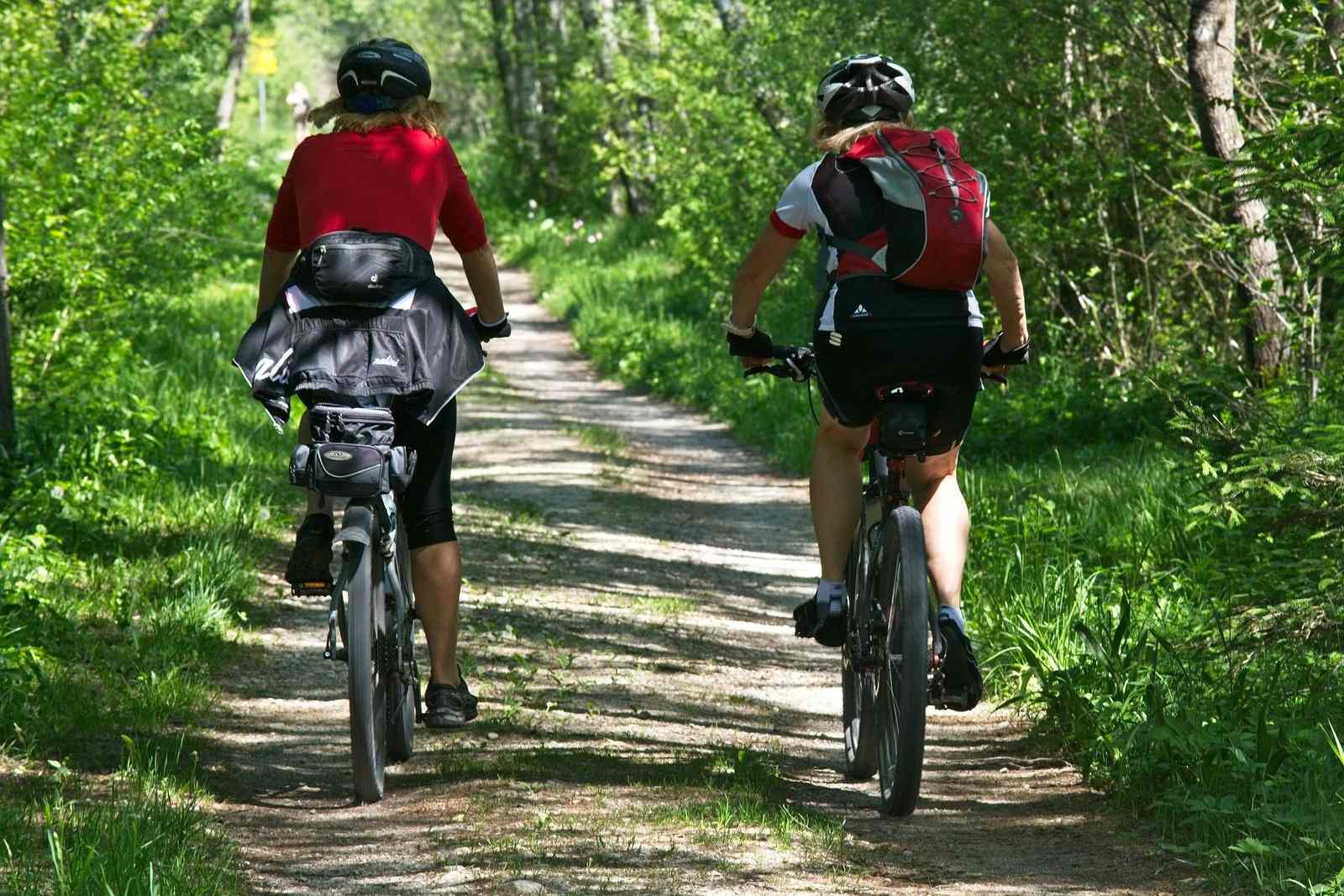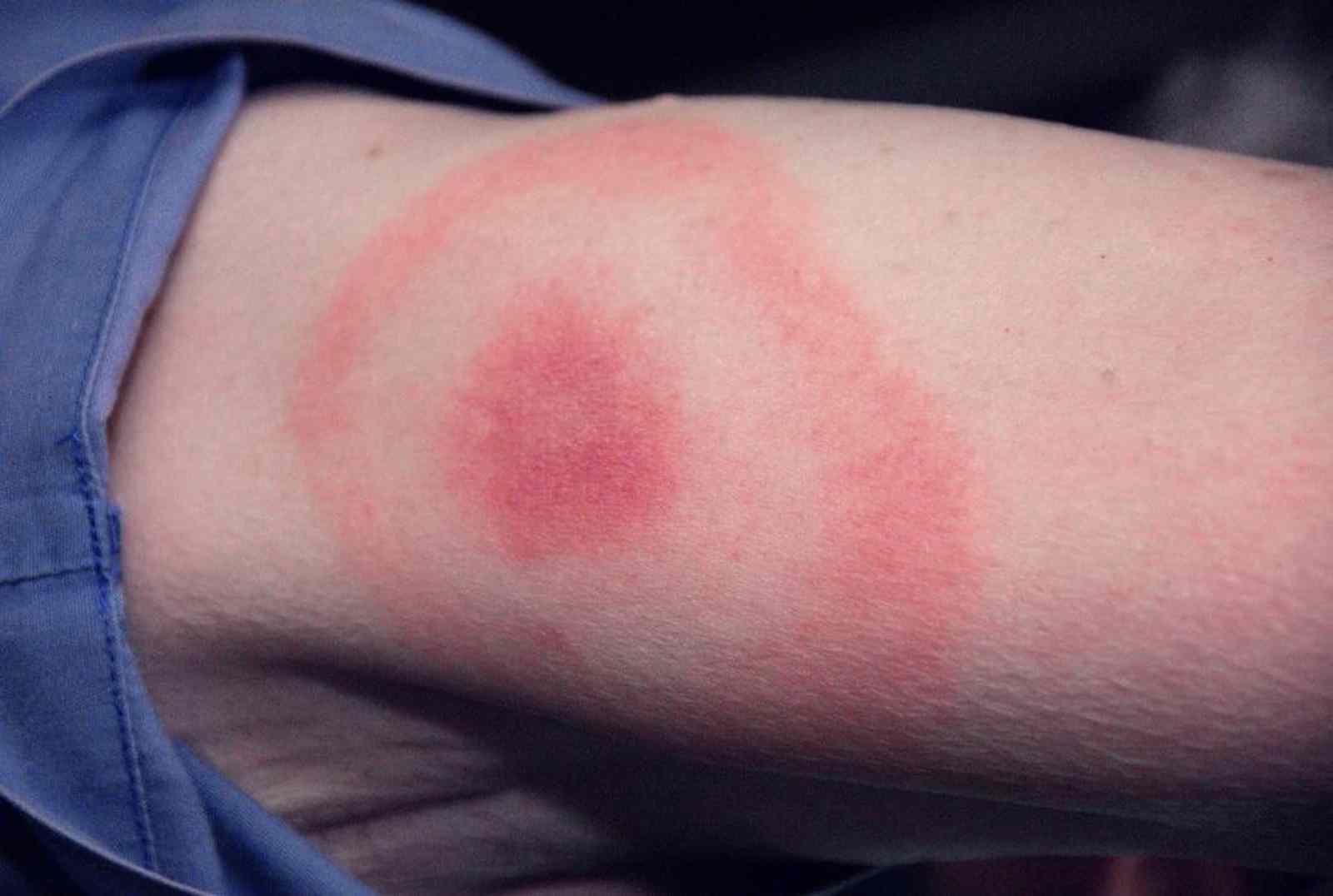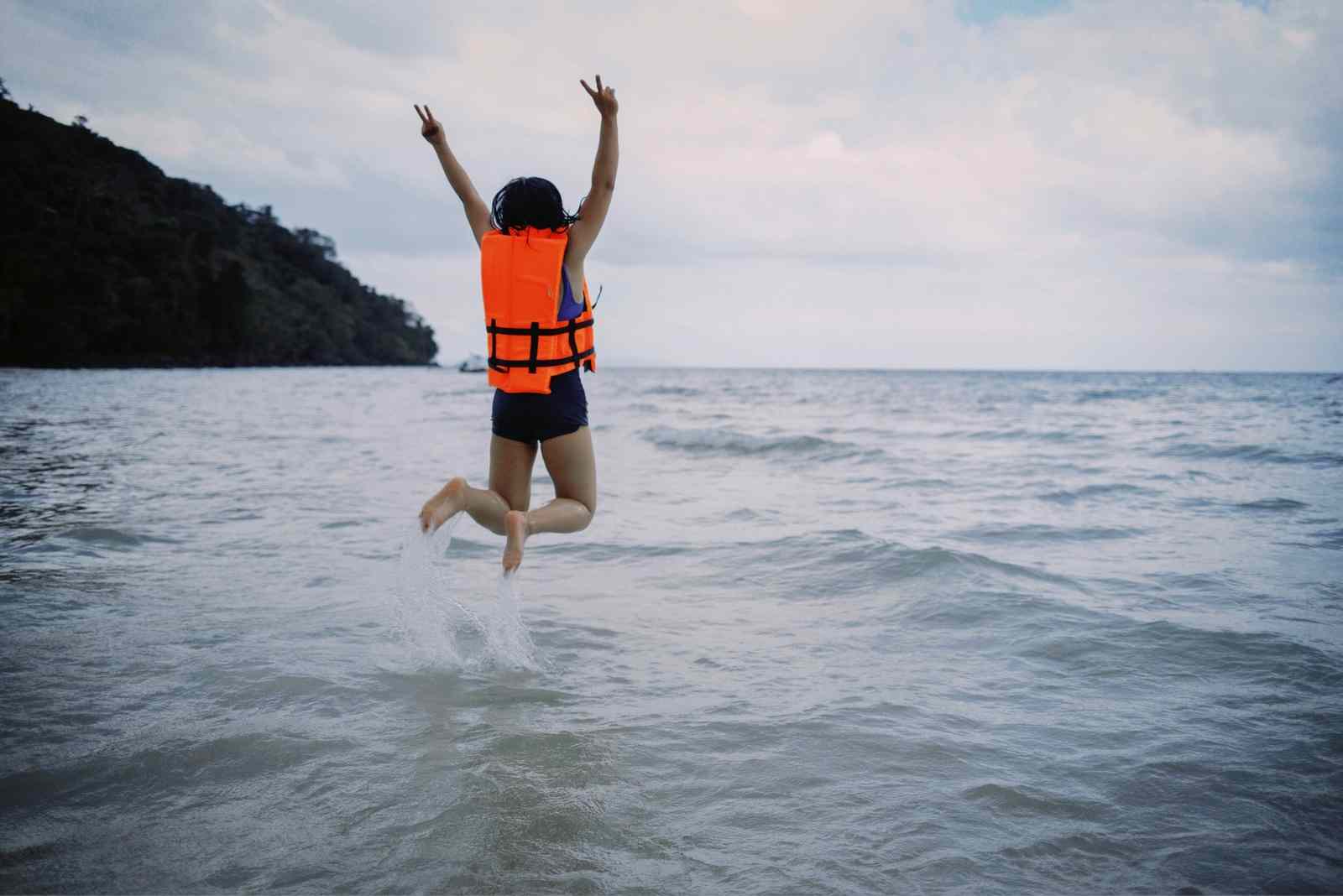Published May 24, 2018
So you want to go camping, huh? You’re planning your trip, inviting your friends, and packing your stuff. It’s exciting! Somewhere in all of the excitement, however, you want to be prepared for safety. It is often the last thing people think about, but it’s also the most important.
Luckily, Great Lakes Guide has you covered! Below is a list of fourteen safety tips including important reminders and things that you can bring to ensure you camp safely. Keep this list handy during your next camping adventure.
1
Tell someone your plans
The first step towards camping safety is an easy one: Tell someone where you’re going, with whom, and when. If something goes wrong and you’re not back when you said you would be, then you’ll have someone at home ready to save the day!
2
Be prepared for the weather
Weather can be unpredictable, so you want to have the necessary items in case of any sudden changes.
For the sun, make sure you bring sunscreen and a hat. For the rain, you’ll want to have a tarp and rain gear on hand. Sometimes it gets chilly in the evening, even in the middle of summer! For those chilly nights, you’ll want long sleeves, pants, and other warm clothes.
If there’s a thunderstorm with lightning, you’ll want to avoid water and anything metal. You should also avoid high ground or solidary tall trees. If the lightning is severe, just bring your party into the car! Your tires will act as great insulation, and you can tell stories and camp-out in there while the storm passes.
3
Be familiar with poisonous plants
Do you know what poison ivy looks like? Brush up on your poisonous plant knowledge before you go camping. To make it easier on yourself, you could just call the campsite or park and ask them what local plants to look out for.

4
Research your destination
This can be done with a quick Internet search or simply by calling the campsite or park. If there is a beach, is there a lifeguard on duty? Are there any particular areas nearby that you should avoid? Maybe there was a recent storm and certain trails are closed. Know what you’re getting into so that you can plan accordingly.
5
Prepare safe food and drinking water
Always bring lots of food and make sure that its fresh. Pack any dry food in waterproof, sealed containers. Keep cold food in a cooler. If you are cooking food, especially meat, ensure that you are heating everything to its minimum required temperature. And don’t forget to stay hydrated and drink lots of water, especially in the heat!
6
Bring protective gear for planned activities
What you bring will depend on what you plan to do. Or, bring everything if you don’t have your itinerary planned yet!
If you’re boating, bring a lifejacket. If you’re riding a bike, bring a helmet. If you’re hiking, bring sturdy hiking shoes or boots. If you’re swimming, bring flotation devices. Don’t hesitate to bring whatever you need to feel safe during an activity—it’s better to be safe than sorry!

7
Do not use fuel-burning equipment inside your shelter
This might seem like a no-brainer, but sometimes being in a tent feels like being outside and you forget you’re in a shelter! Using fuel-burning equipment inside your shelter can cause carbon monoxide poisoning. And gas stoves or heaters inside your shelter can cause a fire. Only use battery-powered things when you’re in your tent.
8
Do not interact with wild animals
Do not touch, play, or feed any of the animals. Not even the cute little squirrel. Not only could this lead to the animals harming you, but it also increases their dependence on humans, which hurts their chances of survival when humans aren’t around.
Similarly, keep food and garbage in sealed containers and away from prying paws. This means keeping your campsite clean! Don’t leave dirty dishes or garbage lying about.
9
Check yourself (and your dog) for ticks
Any time you are in the woods, you should always check yourself for ticks. Camping is no exception. If you bring your dog or another pet, you want check them frequently for ticks and remove any immediately, if sighted.
Since pets are closer to the ground and don’t wear clothes, they have a tendency to attract more ticks than humans. So, make sure they have the proper preventative vaccines before heading out into the woods.
If you pull a tick off of your body, keep it in a plastic baggie or a small bottle and send it to your provincial public health laboratory. Keep an eye out for the “bullseye” rash that is a common early sign of Lyme disease.

10
Wear bug spray
Similar to ticks, you should always wear bug spray when camping to help protect yourself from mosquitoes, ticks, and other bug bites.
Invest in good spray that contains environmentally friendly ingredients, like citronella. Avoid any scented perfumes or lotions and burn citronella candles around your campsite to help repel those annoying pests.
Wearing long-sleeved clothing will also help, especially if you are camping in deep woods.
11
Be safe on and in the water
Use your common sense here. Never swim alone and only swim in designated areas. Do not dive unless you are absolutely sure of the water depth. It’s always best to enter the water feet-first to avoid any surprises.
If you are doing anything on the water (boating, swimming, canoeing, kayaking, etc.), wear a lifejacket even if you’re a good swimmer. And save the alcohol for when you’re back on land.

12
Have flashlights on hand for night time
Handheld flashlights or headlamps are useful for walking around at night. There’s nothing worse than groping around in the dark trying to find the restroom! You can also get lanterns and battery-powered twinkly lights to give a bright and warm atmosphere to your campsite.
13
Bring a first-aid kit
If you’re camping, you want to have a full first-aid kit so you can be prepared in any emergency situation. As a minimum, your kit should contain bandages, disinfectant, pain relievers, tweezers, instant ice packs, and a flashlight.
14
Practice fire safety
There’s nothing quite like starting your own fire, roasting marshmallows and hot dogs, and sitting back and listening to the wood crackle and watching the flames dance. But this beautiful sight can also be dangerous.
Avoid building a fire underneath trees with low-hanging branches. Never leave your fire unattended. And always put your fire out at the end of the night.
